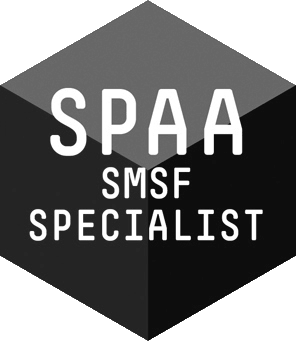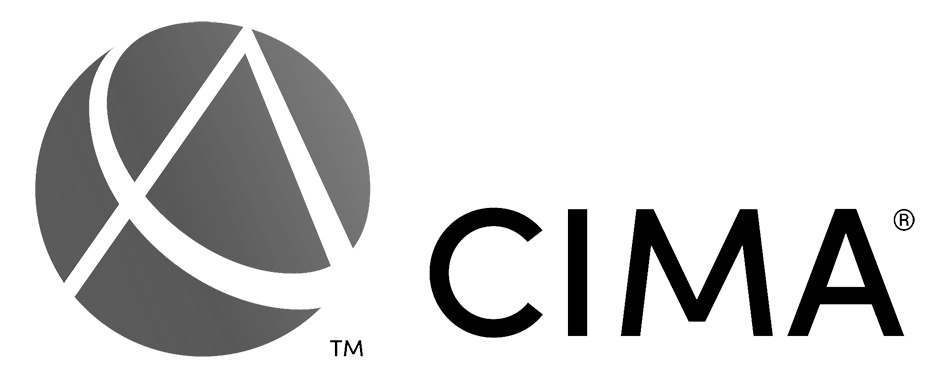
Running your own business is amazingly rewarding but also a lot of hard work and there are always challenges thrown at you. Some of these challenges can be more easily navigated (or even avoided) with good planning. Knowing what stage your business is in and understanding the challenges of each stage can make a big difference to the strategic planning and operations of your business. It allows you to be prepared. The four stages of growth all businesses go through are:
- Start-up
- Ramp-up/Growth
- Expansion/Maintenance
- Maturity
Start-up
The Start-up phase is exciting. There’s no doubt! The project that’s been a dream for so long is becoming a reality, you’re constantly trying new ideas, meeting people, trying to sell your product or service in new ways. However, with wearing multiple hats and the inevitable tight cash flow of the start-up phase there is real risk of burn out in this period. This is the stage where most businesses fail. It really is the “make-it-or-break-it” stage.
The common challenges of this stage are:
- Limited money and resources
- Poor management of cash flow
- Pricing of products or services too high or too low
- Not having a realistic budget
- Not yet having established processes and operations in place. This is a period of ‘trial and error’.
Key strategies:
- Devote most of your time to growing your business and establishing yourself in the marketplace
- Work out a business model that will provide sustainable cash flow and continued growth
- Carefully manage your finances
Ramp up
This is an exciting stage as your business starts to take off with more clients, cash coming in and growth. However, things can go pear-shaped quickly if the systems you have in place can’t keep up with the sudden increase in demand. So the focus of this stage is on how the business is run and developing organised systems to help it run smoothly. There are often increased expenses so money might still be tight and often companies need to find external financing at this stage.
The key challenges of this stage to be aware of are:
- Tight cash flow - one of the key goals of this stage is to increase cash flow and maintain profitability
- Demand is greater than supply
- Systems can become overwhelmed
- Developing systems to support current and future growth
Key strategies:
- Have a good budget in place and manage cash flow carefully
- Consider the need for additional resources and outsource if necessary. Start to build up your team
- Strengthen your relationships with clients and build brand equity
- Develop strong systems and processes to allow your business to run efficiently
Expansion (or Maintenance)
Finally, you seem to have your operations sorted and things are running more smoothly. You will feel more secure in the business and you might start to think about expanding the business or even selling it. Expanding into other markets will help you diversify and can help sell the business by proving it is in demand in a range of markets. It is important to have your financial records up to date so that you can show potential buyers or investors. Alternatively you may be happy with where the business is at and choose to maintain it at this level for a longer period.
Potential challenges at this stage include:
- The demands and responsibilities of having more staff and a bigger operation
- Sticking to set budgets which can be particularly difficult during expansion
- Inefficiencies in existing systems
- Poor planning and execution
Key strategies:
- Hire help if you need or outsource some responsibilities
- Make sure you understand your finances and have a reliable budget in place
- Explore opportunities for expansion
- Focus on gaining and keeping market share
Maturity
In this stage, there is much less rapid growth and change but with this comes greater responsibilities related to having more staff, more expenses etc. There is likely to be less flexibility as well compared to the early days.
Common challenges of this stage:
- Staffing – hiring and retaining good staff
- Less flexibility
- Stagnation and failure to innovate and implement change leading to decreased sales
- Loss of entrepreneurial spirit
- Greater operational challenges
Key strategies:
- Focus on workplace culture and keeping your employees motivated
- Review finances and system inefficiencies that could be affecting profits (an Operational CFO can help with this)
- Review operations and systems and update as needed to keep your business running efficiently and at the forefront of your industry.
Our Management Credentials




